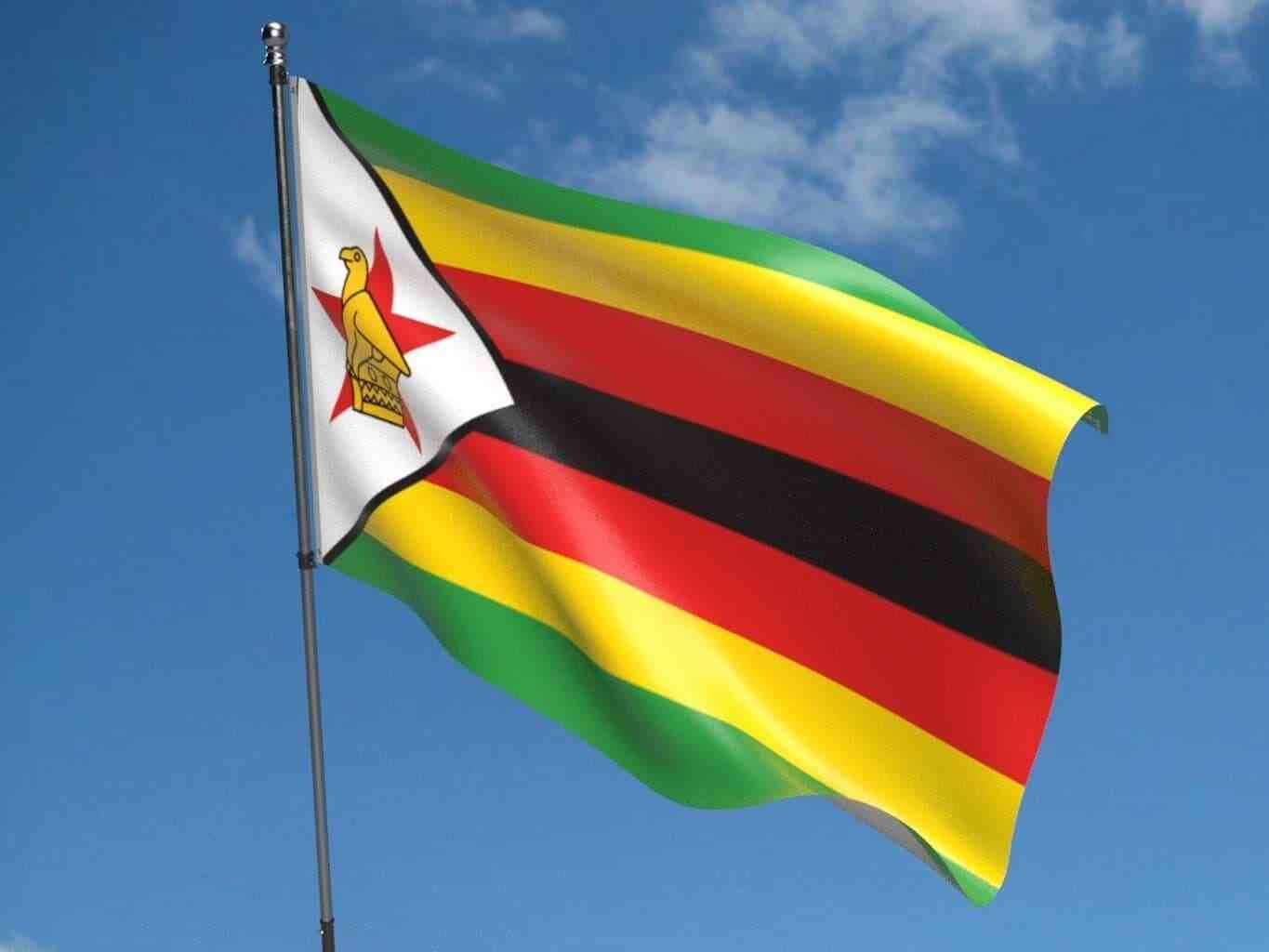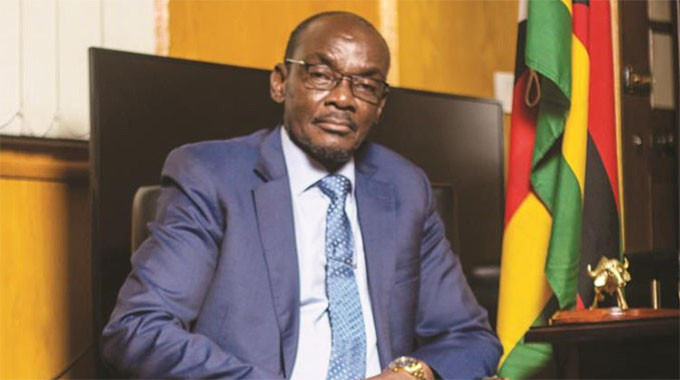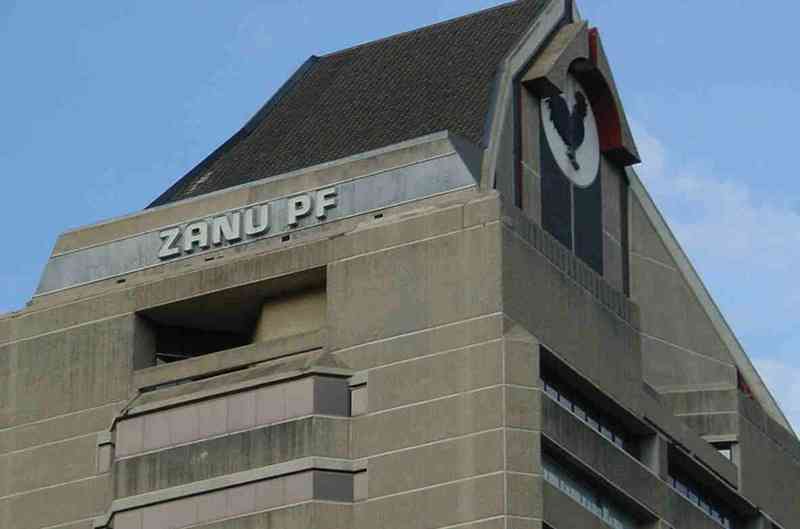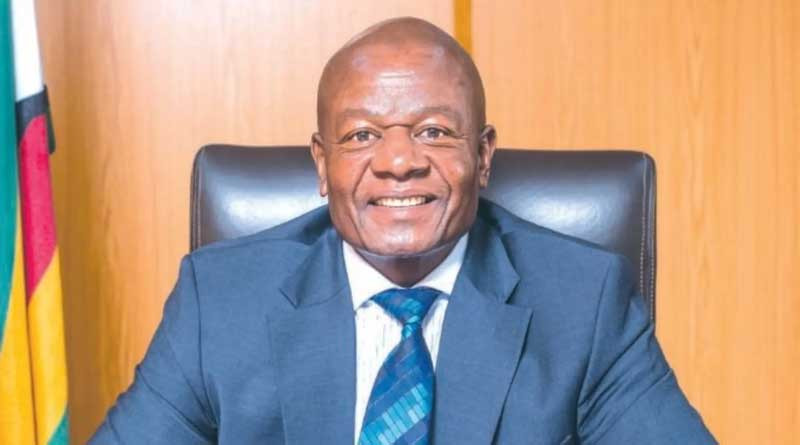
ZIMBABWE’S ongoing arrears clearance and debt resolution drive has gained fresh momentum, with the Finance, Economic Development and Investment Promotion confirming the payment of over US$170 million to external creditors in the first half of 2025.
Latest statistics from Treasury indicate that the payments covered legacy debts, commitments to development partners and obligations to major multilateral financial institutions.
Authorities said the payment forms part of the second republic’s broader strategy to restore relations with global lenders and unlock new avenues for development finance.
Speaking at a strategic meeting in Harare on Wednesday, Treasury officials said settling these obligations was a strategic move meant to restore trust and pave way for fresh investment.
“These payments are critical to positioning Zimbabwe as a credible partner in the eyes of global financiers,” a Treasury official noted.
In December 2022, government moved to establish the Structured Dialogue Platform, bringing together creditors and development partners for continuous engagement on arrears clearance and debt resolution.
This forum has since become a vital mechanism for fostering dialogue, transparency and co-operation.
Analysts said the repayments, while a fraction of the total, are a significant step towards re-establishing access to concessional loans and other forms of funding from global financiers.
- Education 5.0: Blessing or curse for UZ students?
- Fiscal pressures could limit govt options
- UZ in fees shocker
- Deliver free education, govt told
Keep Reading
“The clearance agenda speaks volumes about government’s commitment to pay. This is the hallmark of rebuilding trust, confidence, and restoring relationships at a time when Treasury is mobilising resources to scale up projects across the country,” University of Zimbabwe Business School director, Albert Makochekanwa, said.
Development economist Prosper Chitambara, also lauded the efforts aimed at reducing external debt.
“These efforts highlight government’s balancing act between debt obligation and domestic developmental needs. It is a vital part of the engagement and re-engagement strategy that underpins national growth,” Chitambara said.
Treasury figures show that as of December 2024, Zimbabwe’s total debt stock stood at over US$20 billion.
With the debt clearance drive firmly on track, policymakers are optimistic that the momentum will not only strengthen Zimbabwe’s creditworthiness but also open door to increased foreign direct investment.










